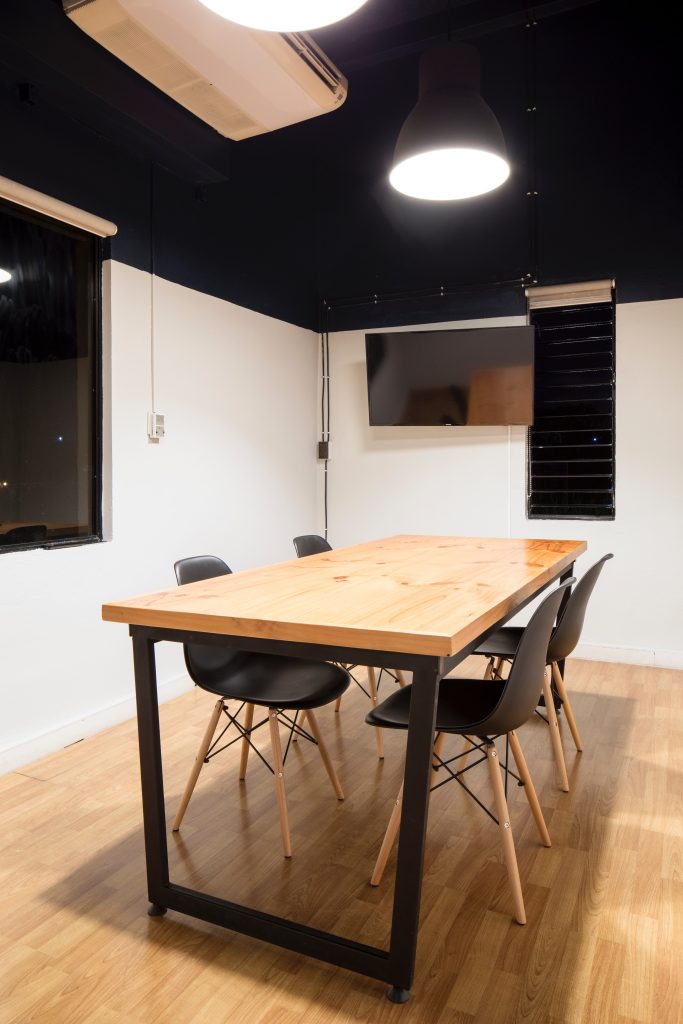Many people have a bad habit of not turning off the lights when they leave the room, meeting room or arena. Someone forgot to turn off the light before leaving the house. How much electricity can this waste? First we have to look at how much energy these lights actually consume.
How much power will it consume when the light is on?
There are many types of bulbs. The oldest lighting technology still in use today, the incandescent bulb, has the lowest efficiency and the highest operating cost. The International Electrical Association breaks down the electricity consumption and cost according to the lamp. The brightness of each bulb is equal to 61 watts (W) of incandescent lamps:
15W LED:
Light-emitting diodes are currently the new generation of lighting products with the highest luminous efficiency, and their efficiency is 80% higher than that of filament lamps. The running cost of an LED in 1,000 hours is only $1.65.
18W CFL:
A compact fluorescent lamp is only 70% more efficient than an incandescent bulb after working for 1,000 hours, while the cost is only $2.25.
45W halogen lamp:
Halogen lamps are slightly more efficient than incandescent lamps, and halogen lamps consume about 28% less energy to produce the same amount of light. The running cost of a light bulb for 1,000 hours is approximately US$5.26.
61W incandescent lamp:
The 61W incandescent bulb will consume 61 kWh of electricity after 1,000 hours of use. In the case of US$0.11 per kilowatt-hour, it is US$6.71.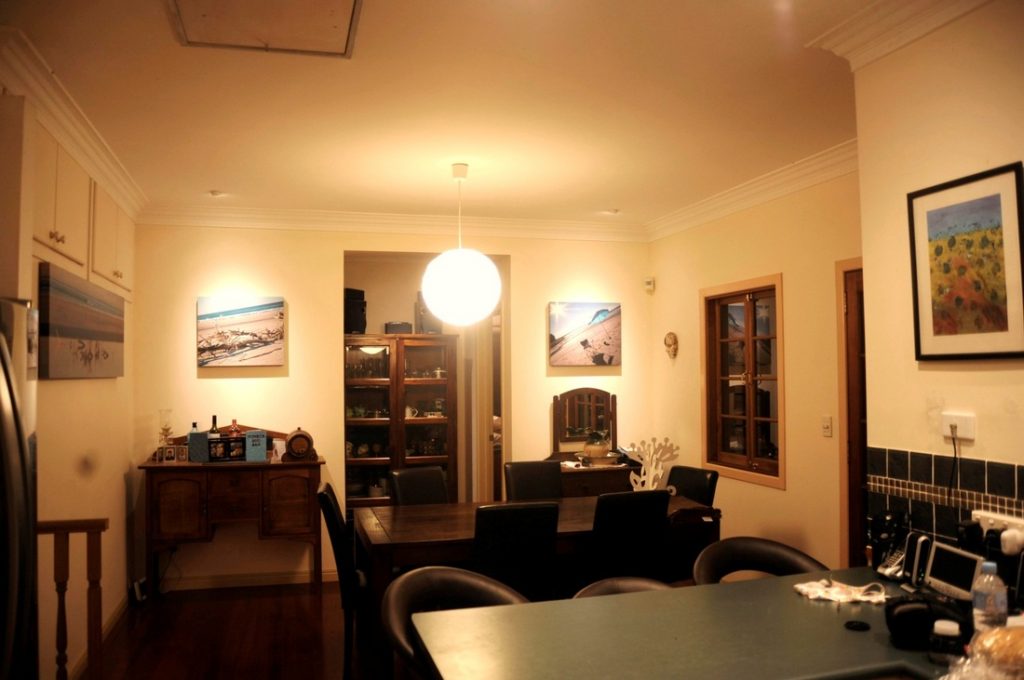
Lighting costs add up
The above numbers may first make you believe that it is no big deal to leave the light on. But if you think about how many lights are in your home and how long you have to keep the lights on each day, you will find that electricity bills will soon increase.
According to the statistics of the International Electrical Industry Association, there are 18 light bulbs in each household in the world, and the electricity cost accounts for about 16% of the entire household’s electricity expenditure. The average annual housing cost is about US$180. Think carefully about how much it will cost for the type of bulb you use, and you will remember to turn off the bulb when you leave, because this action can help you save a lot of money.
LED:
If you light up 10 LED lights for one hour a day when it is not necessary, your lighting costs will increase by $10 per year.
CFL:
If you light up 10 CFLs every day when it is not necessary, even if you light them for only one hour a day, your lighting costs will increase by $12 per year.
Halogen lamp:
If you turn on 10 halogen lamps every day when you don’t need them, even if you only turn on one hour a day, you will increase the cost of lighting by $26 per year.
Incandescent lamp:
Fortunately, you will never turn on all the lights in your home at once. If you light up 10 incandescent lamps every day when you don’t need them, even if they’re only on for one hour a day, your annual lighting costs will increase by $36.
When to turn off the lights to save money
Have you considered this question-will more power be wasted by turning the lights on and off repeatedly? Of course, a few dollars here and there may not seem like a lot, but in order to save your expenses to the greatest extent, please follow the rules and recommendations of the International Electrical and Electrotechnical Association to understand when you should turn off the lights at home:
LED:
The service life of the LED is not affected by turning on and off the lights. Nevertheless, you should always turn off the LED lights when you leave the room, because it is always a waste to turn on the lights when no one is in the room.
CFL:
For CFL lamps, the cost-effectiveness of turning the lights on and off is more complicated. The general rule of thumb is that if you leave them for 15 minutes or less, turn them off. Contrary to popular belief, this suggestion is not because energy-saving lamps consume a lot of energy when activated. In fact, the instantaneous strong current will only last about five seconds through the bulb, and then the bulb will start to work stably. Extending the service life of the bulb is also an important way to save electricity costs. After all, if the CFL is switched on and off frequently, their aging and damage will be faster.
Incandescent and halogen lamps:
Because they are the most power-hungry lights, if you want to maximize cost savings, you must turn them off when you don’t need them.
How Much Do LED Lights Cost?
When the service life of the bulb ends or when the bulb is damaged, it must be replaced. At this time, cost is the biggest determinant. The actual cost is composed of two parts, one is the money spent on each bulb you buy, and the other is the operating cost of these lamps in the next few years, that is, the electricity they consume.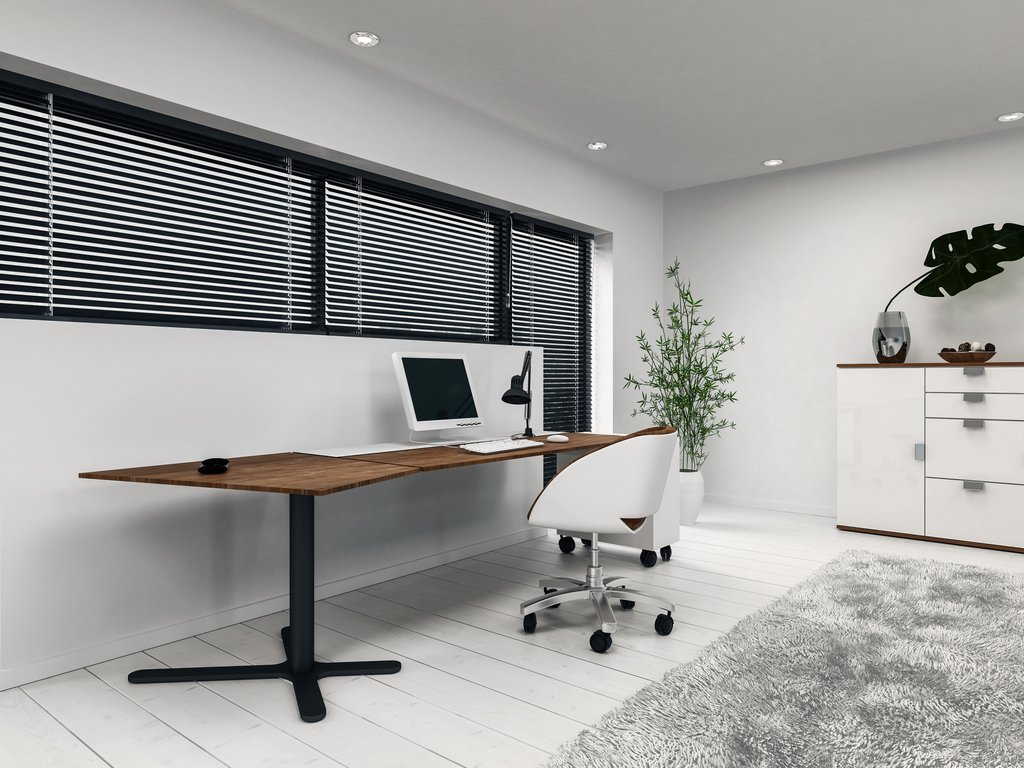
In the long run, a small amount of money spent today can usually result in substantial savings. This is similar to many things in our daily lives.
In the long run, it is cheaper to buy a high-quality bulb that can last for decades than a dozen or less continuous bulbs.
Let’s calculate the electricity cost to light the bulb: Of course, the price of public electricity is not within the scope of our article. In 2018, household electricity customers in the United States paid an average of $0.20 per kilowatt hour. Compared with traditional light bulbs, energy-saving lamps and LEDs consume much less electricity.
As we all know, with the passage of time, longer life and more efficient light bulbs can indeed bring rewards to each of our families and the entire society. If you continue to use a 60-watt incandescent lamp as lighting, with a 20-year time limit, it will cost you more than 500 dollars in electricity bills and the time cost of multiple trips to the hardware store. In contrast, using a small amount of CFL only costs 58 US dollars, while using a single LED bulb only costs 39 US dollars-both methods save more than 400 US dollars.
How Much Can We Save?
The savings we mentioned above are only from a light. Count the number of lights in your home, to detail certain equipment, such as ceiling fans or chandeliers, and perhaps even use three or more light bulbs. If you replace all 18 incandescent lamps with LED lights, you can save up to $2,000 during their 10-year life.
However, you can realize some considerable savings without even having to make a big commitment. Just switching the 6 most commonly used lights in the house (such as the lights in the bedroom, living room, dining room, kitchen and garage, which may be used for nearly 5 hours a day), can save you about $55 in electricity bills every year.
CFL and LED lights: who has the advantage?
Based on my own personal experience and analysis of expert information such as the Ministry of Energy and the International Electrical and Electrotechnical Association, I have come to the conclusion that the value that modern LED lighting provides to society is unparalleled. Their prices not only become cheaper and cheaper every day, but also have a service life that is several years longer than their competitors.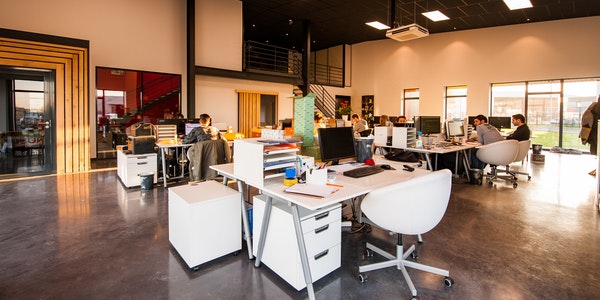
The LED has a variety of different tones of warm white, true white and cool white (color temperature ranges from 2000K to 12000K), which can imitate the glow of traditional fluorescent lamps, can be used with dimmer switches in certain models, and has instantaneous lighting functions. Compared with CFL, LED is a better choice in and around the house.
In the near future, if you are not a person willing to accept change, even if you are willing, you may not be able to buy more incandescent bulbs. That can be frustrating. But, as a proverb says, all roads lead to Rome, you can:
★Use LED lights to gradually replace old lights, because LEDs can be used for up to 10 years.
★Use low-cost CFL lamps to gradually replace burned out incandescent bulbs, while ensuring that they are properly disposed of after the end of the CFL’s life.
★Invest a sum of money for home lighting at a time, because the currency will depreciate in the future, and then you will use efficient and relatively cheap lamps in the next ten years, because you bought the lamp for 5 dollars in advance, and this lamp is in It will cost $20 to buy it after 10 years.
From an investment perspective, I would choose something more advanced today. The price of LED is lower than ever, and it is the most efficient home lighting product. LEDs continue to improve their competitiveness, and they are the most durable lighting products on the market. It is difficult to object to a product that not only saves energy, but also can be used continuously in our lives.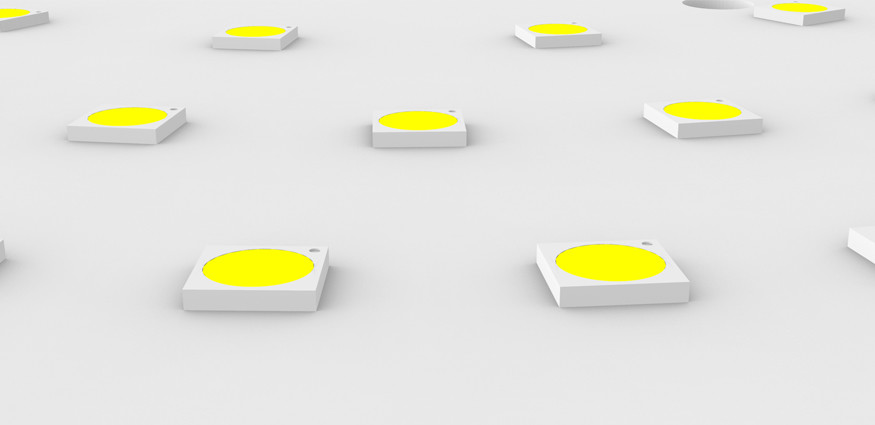
You don’t need to replace all the lighting in your home with LED lights now. If necessary, you can gradually upgrade the lighting in the bedroom, living room, kitchen, and dining room, or wait until the old light bulb is broken and replace it directly with a more efficient LED light. You can also install the LED light in hard-to-reach locations, such as the ceiling fixture of the cathedral, because it can be used for many years, and you don’t need to spend much time to replace it.
for more infomation please just reach out to us, and we`ll offer you free consultancy.




